Disclosure: Some of the links below are affiliate links, meaning, at no additional cost to you, Storehacks may earn a commission if you click a link to an external source.
Developing a launch strategy for Shopify, Facebook ads and selling print on demand or drop shipped products is paramount.
Having a plan in place will help reduce wasted time, cut excessive ad spending and help you scale each campaign.
Every successful marketer has a solid plan of attack that ensures that their business remains profitable even through the harder times. And let's face it. There will be tough times no matter who you are.
This is the exact launch strategy I have used to generate over $2,438,085 online selling Print on Demand Products. Facebook ads for ecommerce are different from local area marketing. It's ads for e-commerce where Storehacks.com excels.
By adhering to this strategy or one you develop on your own, you are taking one of the many variables out of the equation. With the application of this process, you will be posting screenshots of your Shopify success before you know it.
In this article you're going to learn;
- A solid Naming Convention for easy ad monitoring
- Targeting Structure
- Ad optimizations I use
- My rules
- My scaling strategy
The Beginners Guide to Shopify and Facebook Ads
With all the changes to the Facebook algorithm over the years, my optimization has always remained the same. By being consistent in your delivery Facebook learns the way you market and optimizes your account.
How to advertise on Facebook, whether selling on Shopify or Teespring, the structure, for me, remains the same.
In order for me to manage the hundreds of thousands of campaigns that I've run over the past few years, I have developed a solid naming convention. A good naming convention allows you to track your ads much more efficiently allowing you to pinpoint 1 campaign amongst many.
A naming convention is an absolute must if you want to become a master facebook marketer. Below you are going to see exactly how to make Facebook ads for Shopify and any other chosen platform for selling online.
In order for your ads to track properly, you must have installed the Facebook pixel on Shopify correctly.
When you do, let's continue onto the naming;
The Naming Convention
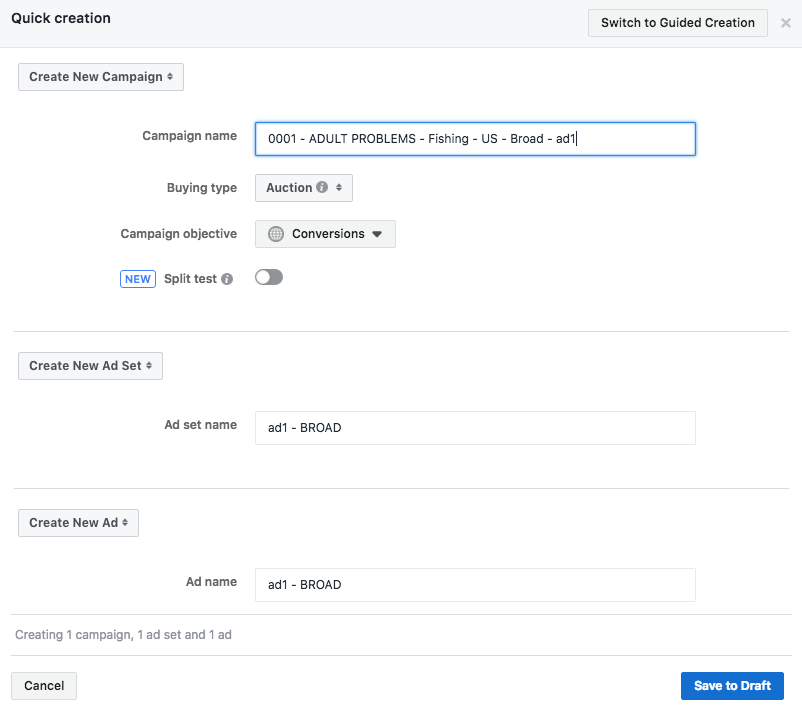
As you can see in the picture there is a very specific structure to how I name my camapigns…
“0001 – NEVER SEEN A BETTER – Bikers – US – Broad – ad1”
Let me explain why I have this naming convention.
The Number – 0001
This number denotes the series/campaign it belongs to. As each “ad” is given it's own campaign the number allows us to search for all ads associated with the product.
As we scale out with duplicates and manual budgets etc the sheer volume of ads in our Ad Account will be come overwhelming and hard to focus on a specific campaign.
This gives us a way to restrict our search to the data that we need to action in a much more manageable way.
THE CAPITALISATION
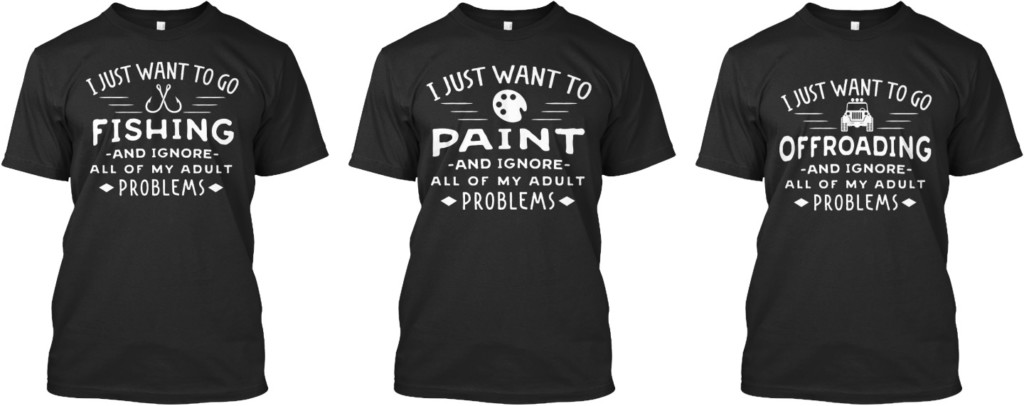
The capitalization refers to the series name the design belongs to. This is predominantly for print on demand products as some designs become part of a series and those series scale outs can be huge.
A phrase may be easily scaled across multiple niches. As you can see above the common theme of this series is “Adult Problems”.
So, therefore, our naming convention so far would be “0001 – ADULT PROBLEMS”
The Niche
Do I really need to spell this one out? This would obviously be exactly as it states. See the text in ultra bold on the shirt? Fishing, Paint, Offroading? They are the niches and as such the next part in our naming convention…
Which would look like this… “0001 – ADULT PROBLEMS – Fishing”
The Region/Country Targeted
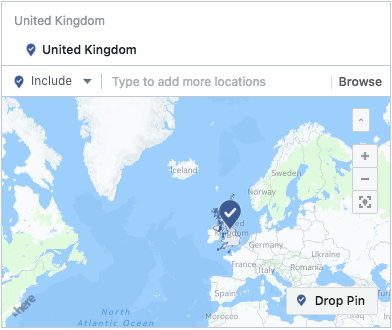 When you start scaling around the world it makes it so much easier to have the region in your campaign title.
When you start scaling around the world it makes it so much easier to have the region in your campaign title.
If you're launching into Canada or Europe or the United Kingdom being able to see how the ads are performing in a specific location at a glance is key to time management.
Let's face it, none of us want to be spending unnecessary time looking at the numbers.
Targeting Style
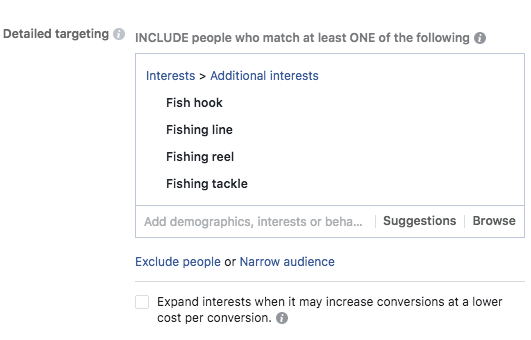
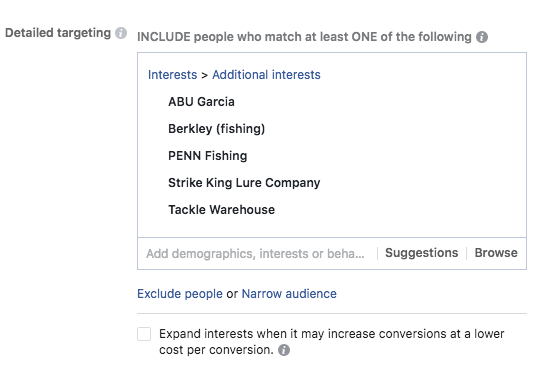
I always launch 2 ads for each brand new campaign.
- 1 x Broad Ad and
- 1 x Specific Ad.
This is to hedge my bets and spread the ads across a slightly different targeting set within a niche to find where the early sales are going to come from (If I get any).
When you scale out, you will individually target each of these interests to find your buying audience. Then, your next launch into these niches will include those that purchased.
The Variable
Whether using UTM links or the URL Parameters within Facebook, this is the variable that I use to attribute each sale to a specific ad. This was more in the days of Teespring and has become more of a legacy addition to my ads however it still serves a purpose.
If you are on a POD platform like Teespring or Viral Style etc then you should certainly still keep this in play. For me, with Shopify, Facebook ads show the data I need, i.e. whatever conversions it says I have, is what I use to scale or cut.
Ad optimisation/s
This has always been pretty straightforward for me and very rarely do I venture outside of using the Purchase Conversion Event for my optimization.
With the addition of the conversions window, I choose “1 Day after clicking or viewing”
This is what I want Facebook searching for within the audience. They need to be finding the gold for me from that first blast they do to my audience.
Why? I don't want people to just visit my store, or to just “add to cart”, I want them coming to my store to purchase. Purchase today, and purchase they do.
So with that in mind what placements do I run in conjunction with the Purchase Conversion Event…?
Placements
There are typically two Placement types I use depending on the product and where I'm targeting. They are Automatic Placements or Mobile and Desktop Feeds. If I'm targeting the USA I will only target Mobile and Desktop Feeds (All device types). If it's a worldwide target I will go auto.
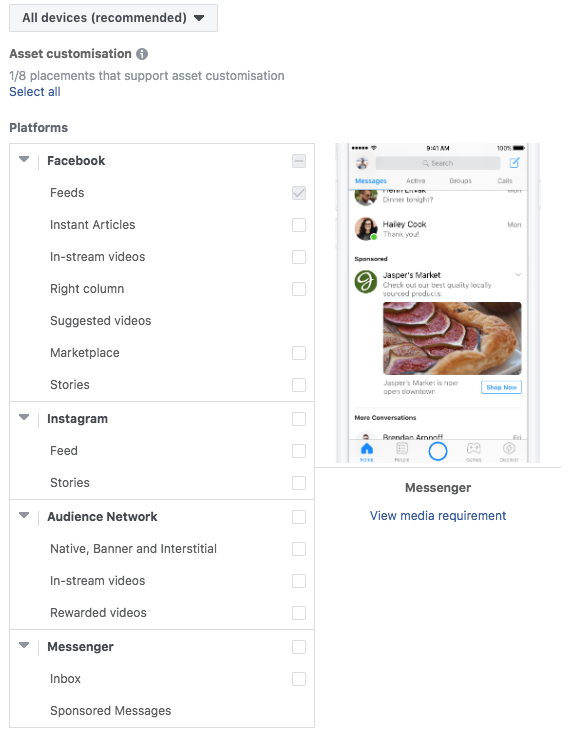
I am currently testing different placements including stories and marketplace.
The Ad
This does change quite a bit and I've not found one style to outperform the others consistently. I will, however, opt for Video and Static Images before any other styles. These 2 I use interchangeably. Often as a campaign scales, I'll bring in the others i.e. Full screen canvas.
In order to create my videos, I will often just create a slideshow and string together a variety of different angles of the product, no music and just let it roll. I have had some very good results with slideshow videos.
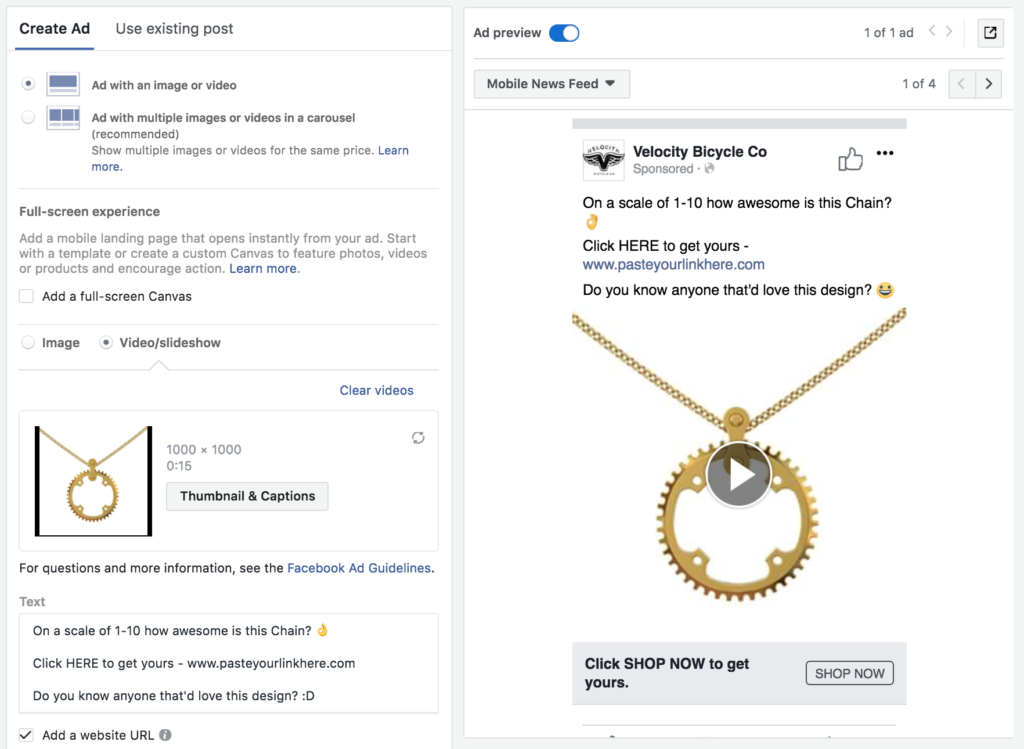
The copy typically always stays the same…
“On a scale of 1-10, how awesome is this … 😍 👌 ❤
Click HERE to get yours now ….[LINK]
Do you know someone who'd love this? 😍 👌 ❤”
Notice how I'm not asking for someone to TAG a friend? Whilst Facebook has cracked down on link bait headlines and asking for social shares, there are still good ways to imply that is what you would like your audience to do.
BONUS: Ways to ask for someone to share…without asking someone to share 🤔.
For Likes;
- Do you agree?
- Who's with me?
- Thumbs up if you agree?
- Do you get me?
- Do you love it?
- Would you buy this?
- Can you relate?
- Would you wear this?
For Comments;
- On a scale of 1-10, what do you rate this design?
- On a scale of 1-HELL YEAH, what do you think?
- Do you agree or disagree? Why?
- Tell us what you think below!
- Would you wear this? Tell us why!
For Shares;
- Do you know someone who'd love this?
- Spread the love!
- Tell your friends
- Tell the world!
My Rules
The budget differs depending on the product I am selling, however, the way in which it applies stays the same. If you have a store full of products at different prices then I suggest you use the net profit (before ad spend) of your AOV.
The net profit of the product serves as the daily budget for a campaign. So in this example let's say we're selling a hoodie. In this hoodie, we have $20 net profit after product cost…
- $20 net profit =
- $20 campaign ad budget/day
The campaign runs for 2 days. If it goes 2 days without a sale it is turned off. No ifs, no buts. It's turned off.
So effectively on one campaign, you can lose up to $80 + cost of the design product. You do however need to manage this risk. As you scale, those costs can add up very quickly.
Keep an eye on your CPM's and CTR's. If you find that clicks are far too expensive and CPM's are ludicrous then don't be afraid to cut it or duplicate it to try again to achieve a lower CPM.
I am currently testing whether this has any benefit. I have found that duplicating an expensive ad set can often lower the CPM.
My Scaling
This is probably the easiest part of the whole shebang. You apply those same rules except you start duplication, introducing the hundreds of lookalikes and start manual bidding. It's arguably the easiest part, the most enjoyable and where you will make most of your money.
A lot of gurus will carry on about how their scaling method is the secret to being successful. There is no secret other than testing. They may have a new method but if you keep your eyes in the groups you will see whatever methods are working by guys that are spending 6 times what your guru is.
What you will have to get your head around though is the vast amount of options available to you for scaling.
The main ones I use are as follows;
- Duplication of winning campaigns. I duplicate either at $5/day or of varying budgets to see what will work. If they've spent $20 without a sale, I turn them off.If they are making 3 + sales in that 2 days, I start duplicating those as well. Something to note is the fact that I only do batches of 5 duplications unless the product is blowing up massively.Instead of straight duplications try adding in different interests… i.e. if your 1% Lookalike audience is performing to your rules, duplicate, intersect with engaged shoppers (or another interest) and raise the budget to $25.
- Lookalikes. The crazy amount of lookalikes available make your scaling options almost infinite. What will be interesting is how the massive changes happening within Facebook will affect the success of these audiences. They should get much better.The main ones I've always used are “Viewed Content”, “75%+ Video Engagement”, “Purchased”.If the campaign is super hot I will launch all 30 at the same time. In fact, if it's super hot I will be throwing as much budget and different ad styles and duplicates it the campaign as possible.NOTE: YOU MUST TEST. In recent months I have all but destroyed 2 new stores by scaling too fast but doing this kind of scale out. Anecdotally my belief is Facebook is trying to encourage brands that are making an active effort on building engagement on their pages.I have seen with consistent posting to pages CPM's will drop making it easier to get initial traction.
- Target Cose. On top of all the winning campaigns you'll end up having running concurrently you will have a great opportunity to start testing other optimizations.This is the time for you to be doing this. Tim Burd from Adleaks has a couple of fantastic methods that work, methods I use and methods you should implement.
My Retargeting
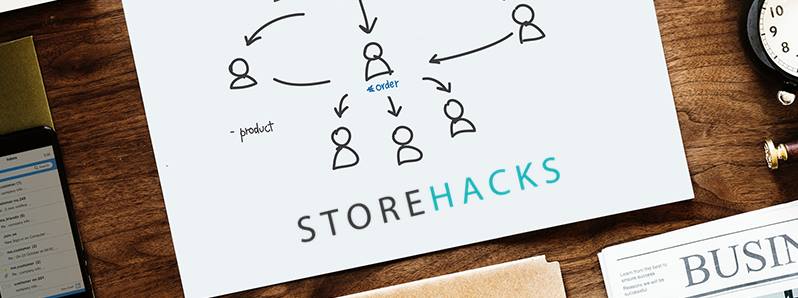
I have gone into extensive detail with the retargeting strategy that I use. It is the key element of tying all the top end marketing together and should not be overlooked. If you do not pay attention to your retargeting you are leaving copious amounts of cashola on your table.
To learn how to implement a crazy awesome retargeting strategy read the “Strategy I Used to Make $88,475 off $19,831.22 in One Month.” Dan has taken this strategy several steps further and has been having plenty of success in doing so.
And at a bare minimum. If you don't have any retargeting set up you seriously need to take a look at Shoelace Retargeting and make sure you get your journey's set immediately.
Conclusion
And there you have it. The complete guide to how I have sold over $2,438,085 online selling Print on Demand Products. The true secret sauce is in your consistency, how you develop your own process and how you maximize every opportunity you get.
Running an e-commerce store is not easy, but it is highly rewarding if you tackle it with the mindset knowing that work is required. Believe in yourself, believe in your process and before long you will be posting your own Shopify/Facebook ads strategy and posting your success story in the groups on Facebook.
Do you have anything to add? Please comment below and have a discussion with me!
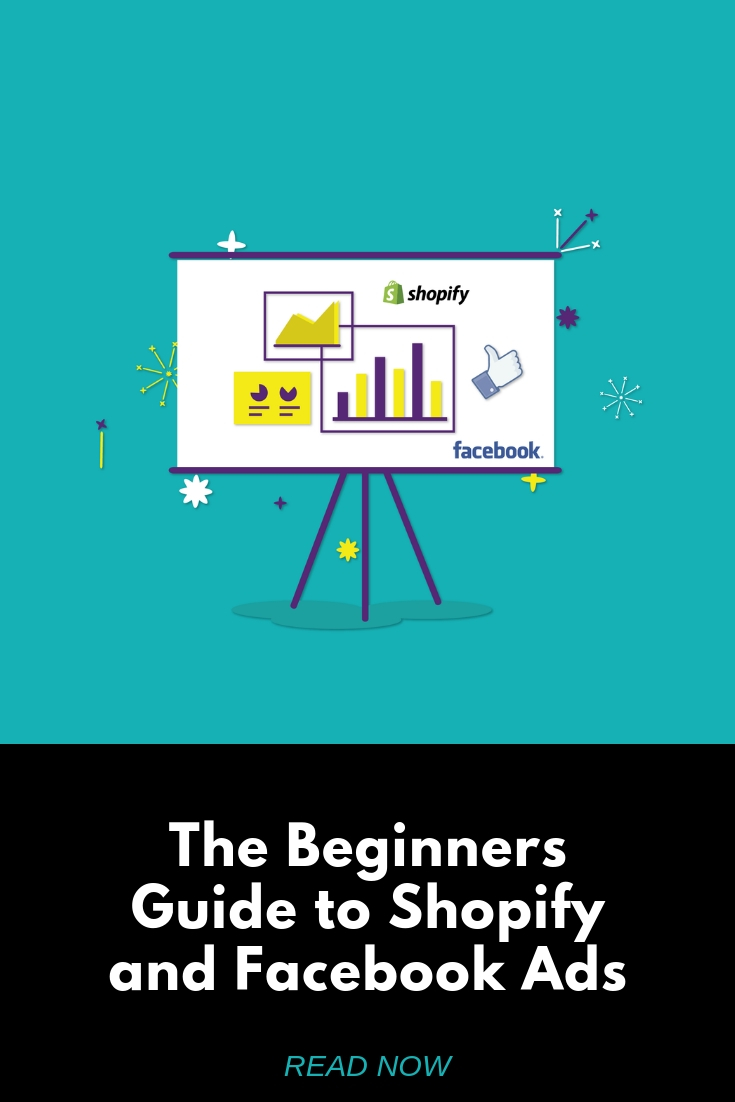


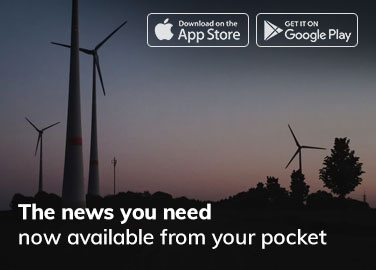
This is probably the most informative blog about ecommerce launch out there. I have been reading for weeks before my official shop launch trying to piece together my plan without much direction and lacked confidence until right now lol. Thanks for sharing your tips! This was awesome.
Thank you for the kind words Sady, I appreciate that. Let me know how you go 😀